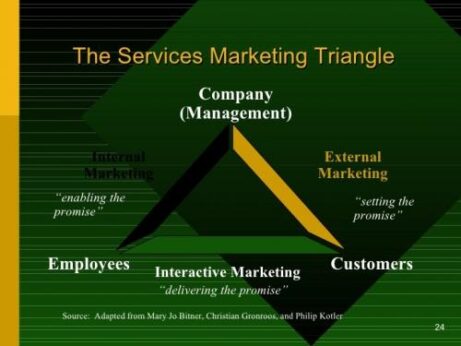
5 Tips to Make a Successful Career Change
Unfortunately, not every one of us will find a dream job right from the start. We often think we know exactly what we want to do in our lives. Confrontation with reality and everyday routine, however, often leads to gradual realization that a dream career is not completely for us. It might happen to someone quite soon, to...

